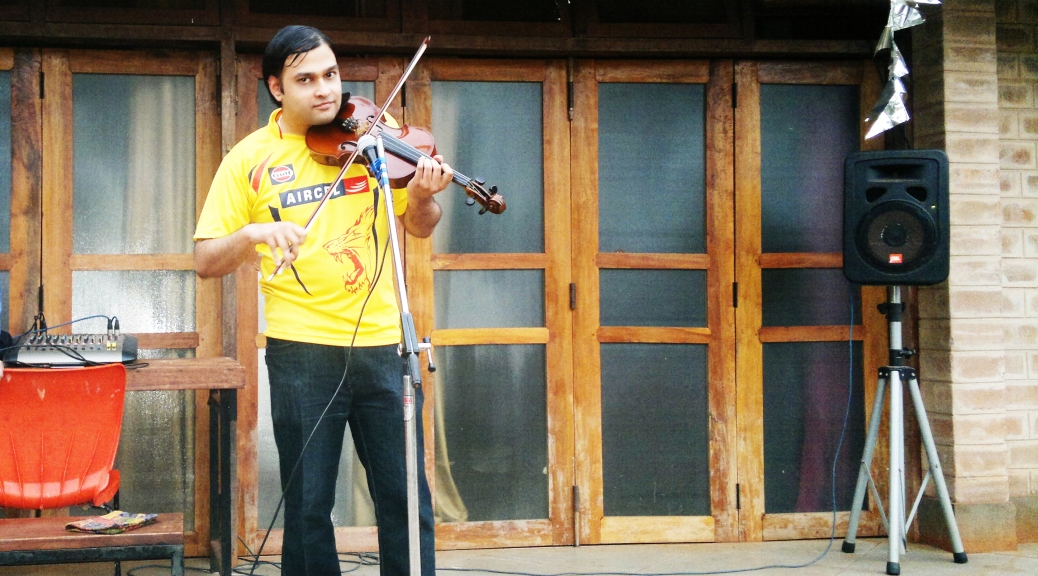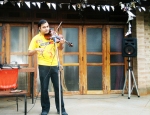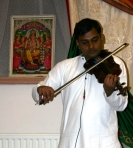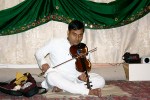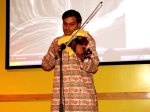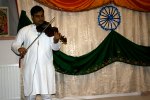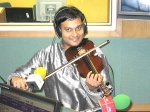Tala, Taal or Tal (Sanskrit tāla Telugu tāḷaṁ, literally a “clap”), is the term used in Indian classical music for the rhythmic pattern of any composition and for the entire subject of rhythm, roughly corresponding to metre in Western music, though closer conceptual equivalents are to be found in the older system of rhythmic mode and its relations with the “foot” of classical poetry, or with other Asian classical systems such as the notion of usul in the theory of Ottoman/Turkish music.
Rhythm represents nothing but time which is measured in terms of beats. Timing is everything in music, more so with rhythms. Rhythms are expressed as time signatures and it typically is written like a fraction – example 3/4, 4/4 or 6/8.
What does this fraction mean?
The numerator shows you the number of beats in each measure.
The denominator tells you which note gets one beat.
Now, what is a measure? A measure (sometimes called a bar) is any segment of written music.
So, what does 6/8 mean? In a measure (or bar), you can count 6 beats. That explains the numerator. What about the denominator? It means that one eight of a note gets one beat.
Similarly, in a 3/4 rhythm, you can count 3 beats in a bar. One fourth of a note gets one beat. Obviously, the 6/8 rhythm is faster than the 3/4 rhythm. In other words, the greater the denominator, the faster is the rhythm.
Time signatures such as 3/4 or 3/8, 4/4, 2/4 are considered simple time signatures.
4/4 is the Western time signature for Adhi Thalam.
3/4 in Western music is called the Waltz rhythm. This is called thisram in Carnatic music.
2/4 is typically a March rhythm.
Time signatures such as 6/8, 9/8, 12/8 are considered compound time signatures. Note that the numerator is always divisible by 3 in these cases.
6/8 rhythm is the Roopaka thaalam in Carnatic music.
9/8 rhythm is called Sankeernam in Carnatic music.
6/8 in the Western world is used in fast waltzes, 12/8 in 12-bar blues and doo-wop music.
The third type of time signature is called Asymmetric or complex or irregular time signatures and these include signatures such as 5/4, 5/8, 5/16.
There is a whole genre of western rock music called math rock that tries to use complex time signatures such as 7/8, 11/8, 13/8 and so on.
5/8 is widely used in Carnatic music (kanda chapu) and so is 7/8 (misra chapu) are considered complex by the Western world.

